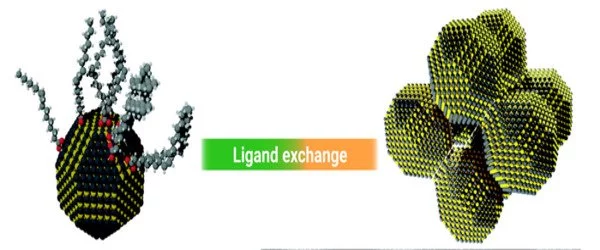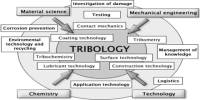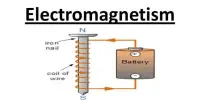Quantum dots are nanocrystals that glow when stimulated by an external source, such as UV light. The number of atoms in a quantum dot determines its size, and the size of the quantum dot determines the color of light emitted.
Quantum dots are clusters of 1,000 atoms that function as one large ‘super-atom.’ Simply changing the size of these dots allows you to precisely design their electronic properties. To create functional devices, however, a large number of dots must be combined into a new material.
The properties of the dots are frequently lost during this process. A team led by Maria Antonietta Loi, professor of Photophysics and Optoelectronics at the University of Groningen, has now succeeded in creating a highly conductive optoelectronic metamaterial through self-organization. Advanced Materials published a paper on the metamaterial.
PbSe (lead selenide) or PbS (lead sulfide) quantum dots can convert shortwave infrared light into an electrical current. This is a useful property for making detectors or telecommunications switch. ‘However, one dot does not equal a device. And when dots are combined, the assembly frequently loses the unique optical properties of individual dots, or if they do, their capacity to transport charge carriers becomes very poor,’ Loi explains. ‘This is because it is difficult to create an ordered material from the dots.’
We knew from the literature that dots can self-organize into a two-dimensional, ordered layer. We wanted to expand this to a 3D material. To achieve this, they filled small containers with a liquid that acted as a ‘mattress’ for the colloidal quantum dots.
Prof. Maria Antonietta Loi
Ordered layer
Loi experimented with a method that allows the production of a meta material from a colloidal solution of quantum dots with colleagues from the Zernike Institute for Advanced Materials at the Faculty of Science and Engineering, University of Groningen. When assembled in an ordered array, these dots, each about five to six nanometres in size, exhibit extremely high conductivity while retaining their optical properties.
‘We knew from the literature that dots can self-organize into a two-dimensional, ordered layer. We wanted to expand this to a 3D material’, says Loi. To achieve this, they filled small containers with a liquid that acted as a ‘mattress’ for the colloidal quantum dots. ‘By injecting a small amount onto the surface of the liquid, we created a 2D material. Then, adding a bigger volume of quantum dots turned out to produce an ordered 3D material.’

Superlattice
To achieve a low energy state, the dots are not submerged in the liquid but self-orient on the surface. ‘The dots have a truncated cubic shape, and when combined, they form an ordered three-dimensional structure; a superlattice, where the dots act like atoms in a crystal,’ explains Loi. The electron mobility in this superlattice composed of quantum dot super atoms is the highest reported for quantum dot assemblies.
Detectors
It took special equipment to ascertain what the new metamaterial looks like. The team used an electron microscope which has atomic resolution to show the details of the material. They also ‘imaged’ the large-scale structure of the material using a technique called Grazing-incidence small-angle X-ray scattering. ‘Both techniques are available at the Zernike Institute, thanks to my colleagues Bart Kooi and Giuseppe Portale, respectively, which was a great help’, says Loi.
Measurements of the electronic properties of the material show that it closely resembles that of a bulk semiconductor, but with the optical properties of the dots. Thus, the experiment paves the way to create new metamaterials based on quantum dots. The sensitivity of the dots used in the present study to infrared light could be used to create optical switches for telecommunication devices. ‘And they might also be used in infrared detectors for night-vision and autonomous driving.’
ERC Grant
‘People have been dreaming of achieving this since the 1980s,’ says Loi of the experiments’ results. That is how long attempts to assemble quantum dots into functional materials have been made. ‘We exceeded our wildest expectations in terms of structure and property control.’
Loi is currently working on understanding and improving the technology for building extended superlattices from quantum dots, but she also plans to do so with other building blocks, for which she recently received an Advanced Grant from the European Research Council. ‘Our next step is to improve the technique so that the materials are more perfect and can be used to make photodetectors.’
















